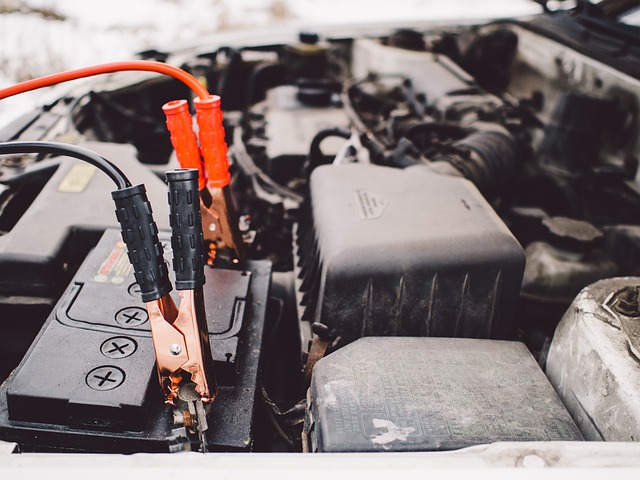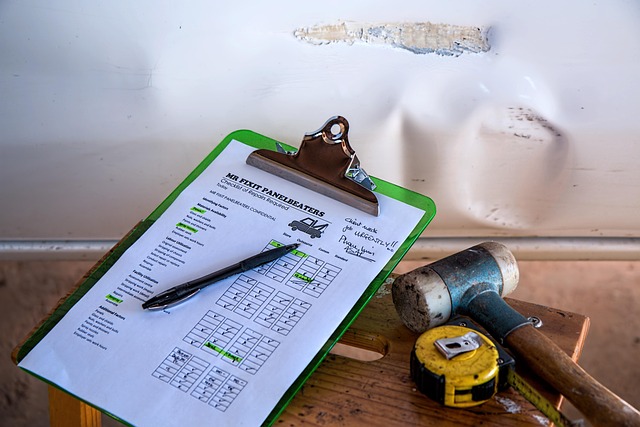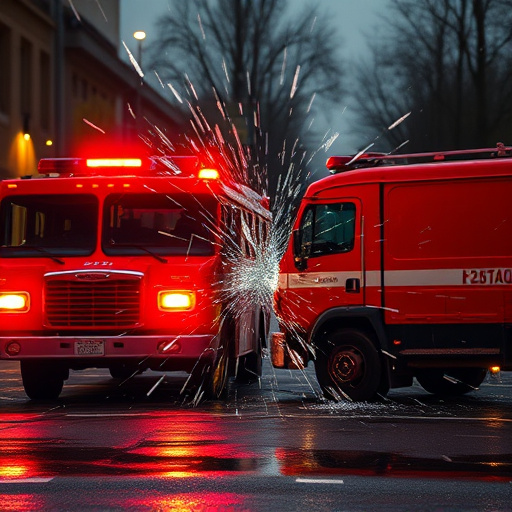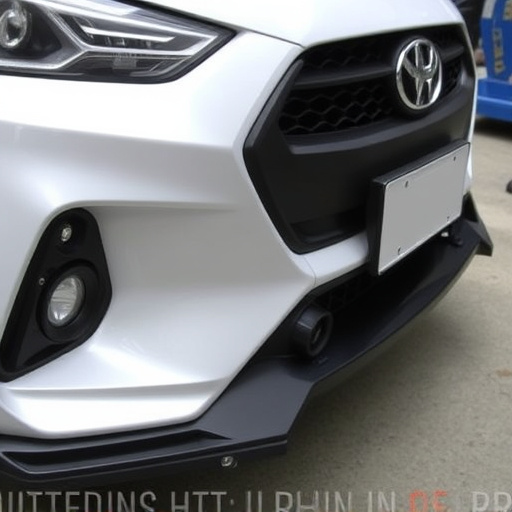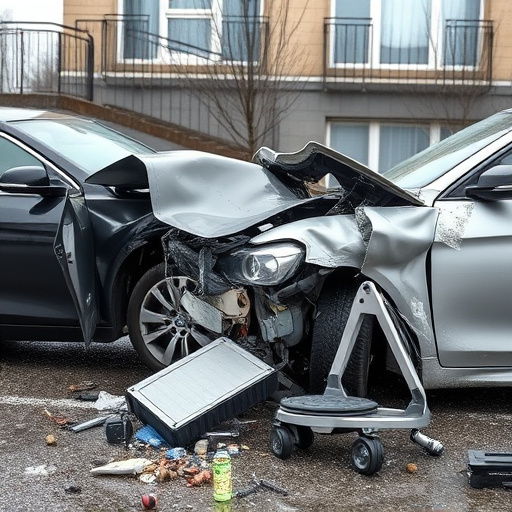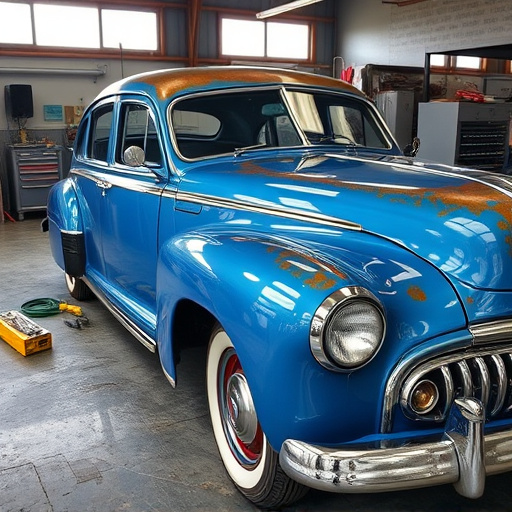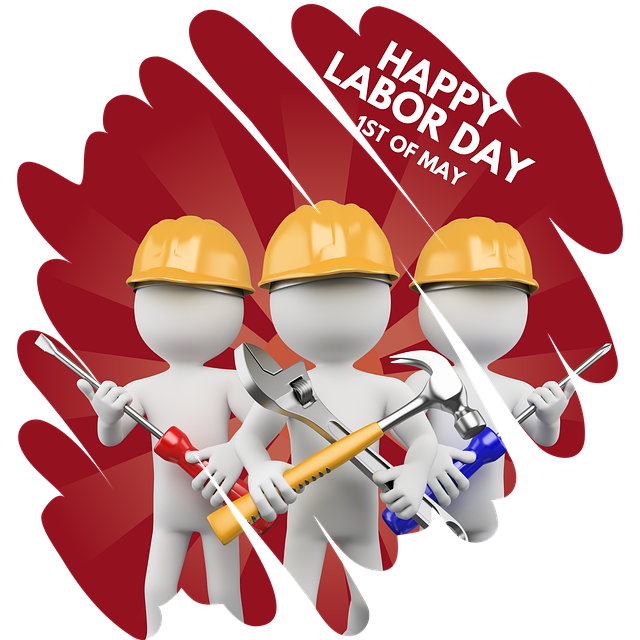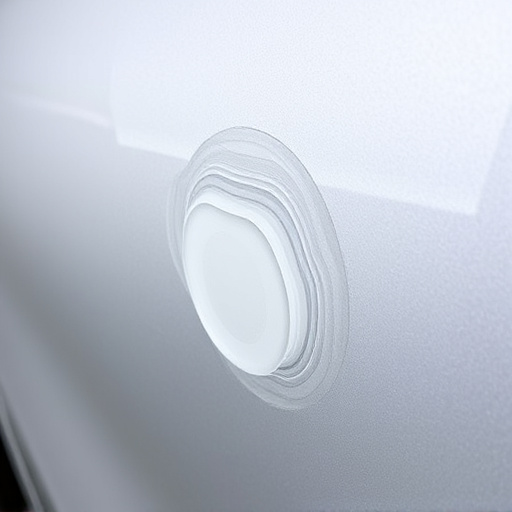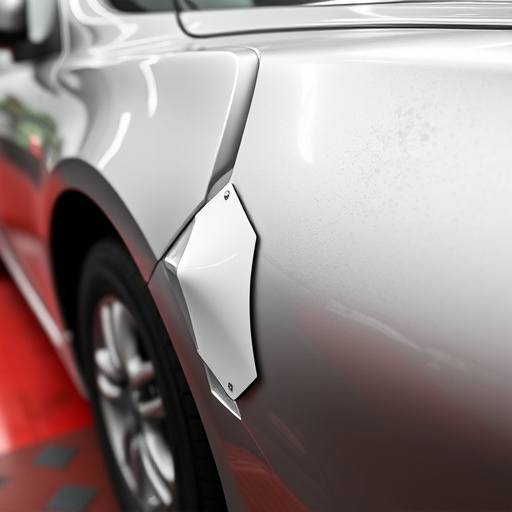Post-collision, understanding brake warning signs is vital for safety. Unusual noises or pedal vibrations indicate potential issues with pads, rotors, lines, or calipers. Regular brake inspections are crucial for structural integrity and peace of mind. Promptly addressing unusual behavior or visual cues ensures brakes are always ready to stop you safely; any collision affecting the brake system requires a thorough inspection and professional repair at a reputable collision center.
Post-collision vehicle safety is paramount, and understanding your car’s brake warning signs is crucial. After a crash, even seemingly minor, a thorough brake system inspection is essential. This article guides you through post-collision brake warning signs to look out for, outlining when it’s time to conduct a critical brake system inspection and seek professional help. By knowing these red flags, you can ensure your vehicle’s safety and peace of mind on the road.
- Understanding Post-Collision Brake Warning Signs
- When to Conduct a Brake System Inspection After a Collision
- Common Red Flags Indicating a Need for Professional Help
Understanding Post-Collision Brake Warning Signs

Understanding Post-Collision Brake Warning Signs
After a collision, your vehicle’s brake system undergoes significant stress, making it crucial to be aware of any warning signs that indicate potential issues. A thorough inspection is essential to ensure your safety on the road and prevent further damage. Look out for unusual noises coming from the brakes, such as high-pitched squealing or grinding, which could signal worn-out pads or rotors. Also, pay attention to pulsing or vibration in the pedal; this might suggest air in the brake lines or a problem with the calipers.
Regular checkups are vital, especially if your car has been involved in a collision. A paintless dent repair or collision repair at a reputable car body shop can help restore your vehicle’s structural integrity, but it’s the brake system inspection that truly matters for your peace of mind and the safety of your rides. Keep an eye on these warning signs to address any issues promptly, ensuring your brakes are always ready to stop you safely.
When to Conduct a Brake System Inspection After a Collision

in, ‘s’ and c’ (e) (not a).’ -‘ ‘on’ to the c’, ‘p’ in order on and d’ and are being de” for” in the c-1 of a”.’ to ad ‘n’ in’ of ‘d’/’h/d’ of’ of 19
Common Red Flags Indicating a Need for Professional Help
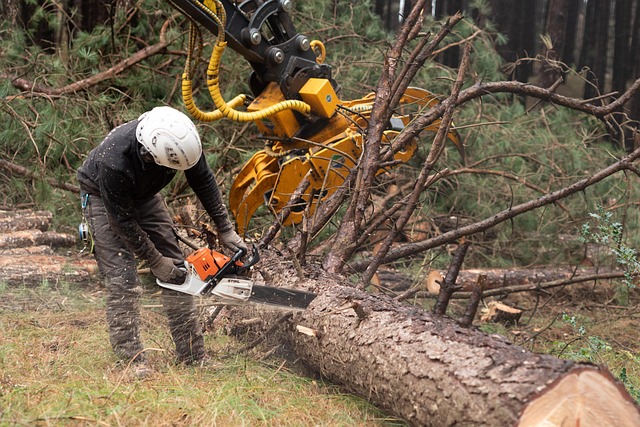
If your vehicle experiences a collision, it’s important to be aware of common red flags that signal the need for professional help. One clear indication is if your brakes exhibit unusual behavior post-collision. This could include pulsating or pulling to one side when applying them, a high-pitched squealing sound, or a noticeable decrease in braking power. These symptoms might suggest damage to brake components, which can be hazardous and should be addressed by trained professionals.
Additionally, visual cues like warped brake rotors, severe dents or cracks in calipers, or leaks from the brake fluid reservoir are serious red flags. While minor fender benders might only require a quick fix, any incident that affects your vehicle’s safety systems, such as the brake system, should prompt you to visit a reputable collision center for a thorough inspection and auto body repair, including paintless dent repair if possible, to ensure your vehicle is safe to drive.
Knowing post-collision brake warning signs is crucial for ensuring your safety on the road. If you’ve been in an accident, don’t ignore any unusual noises, vibrations, or performance issues with your brakes. Conducting a thorough brake system inspection after a collision is essential to identify potential problems early. Remember, red flags like increased brake pedal travel, pulling to one side while braking, or strange sounds can indicate the need for professional help. Always prioritize safety and trust qualified technicians for your brake system inspection post-collision.
